A beauty dish is a portrait photographer’s quintessential lighting tool. Most photographers use a beauty dish in just one or two different ways to enhance skin texture. But it’s a much more versatile tool than you might realize. Miguel Quiles demonstrates five different ways you can use a beauty dish:

1. Clamshell Without Diffusion
To demonstrate this lighting setup, Quiles uses a Profoto B1 with a 2 foot OCF beauty dish.
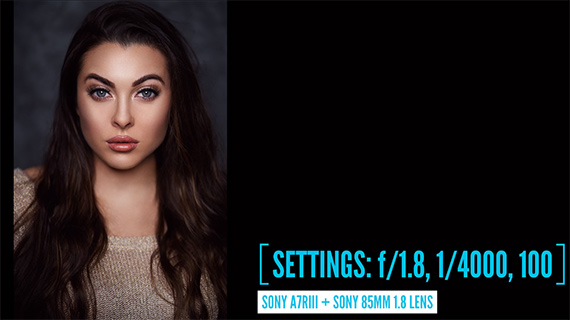
This is not a typical clamshell lighting setup, as there is no reflector to balance the exposure. Quiles uses a black table below the model to absorb rogue light and deepen the contrast in the image.
2. Clamshell with Diffusion and Reflector
The diffuser, which is mounted on the beauty dish, softens the quality of the light.
A reflector placed just below the subject’s face creates a tiny catchlight in the eyes.
3. Fill Light
In this setup, Quiles places the beauty dish at the same angle as the reflector was placed in the previous two images.
This produces a type of fill light. Quiles says that he often experiments by placing the light straight on to the model’s face.
4. Hair Light
Quiles positions the beauty dish behind the model and higher up to act as a hair light or a kicker light.
This separates the subject from the background. The beauty dish is no longer the key light, a role that the 5 foot octabox now plays.
Quiles uses the same arrangement but replaces the 5′ octabox with a white V-flat. This makes the beauty dish the key light, as it bounces light off the V-flat and onto the subject.
5. Main Light Punch
For this technique, Quiles uses a diffused 5 foot octabox as the key light and places the beauty dish right in front of the key light without the diffusion. This adds some contrast to the image.
What are some other ways you’ve used a beauty dish?
Like This Article?
Don't Miss The Next One!
Join over 100,000 photographers of all experience levels who receive our free photography tips and articles to stay current:
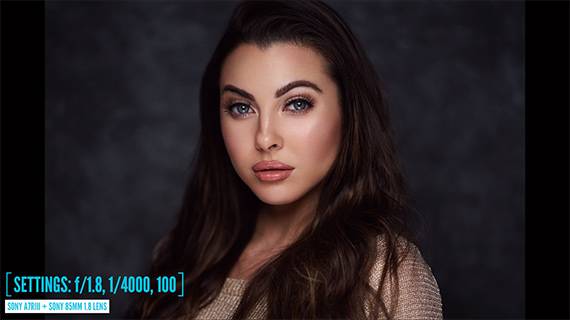
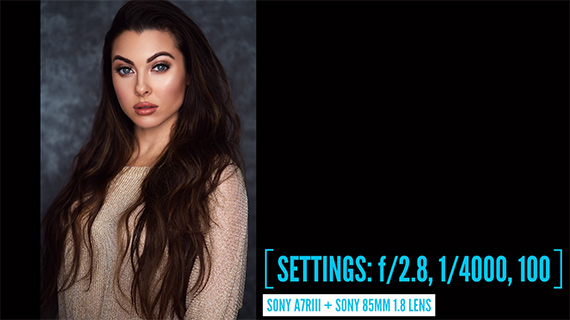
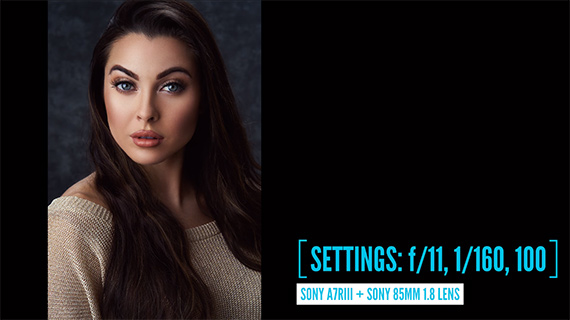
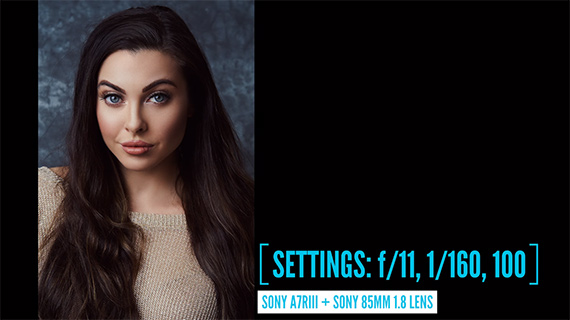






Leave a Reply